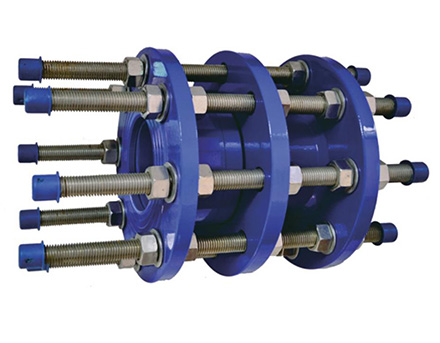Dec . 18, 2024 14:40 Back to list
multi-core cable wire
Understanding Multi-Core Cable Wires An Essential Component in Modern Electrical Systems
In today's technology-driven world, the demand for efficient and effective electrical systems has never been higher. One often-overlooked component that plays a crucial role in various applications is the multi-core cable wire. These wires are integral to a wide array of electronic devices and systems, ranging from residential wiring to industrial machinery. This article aims to provide a comprehensive overview of multi-core cable wires, exploring their construction, applications, advantages, and considerations for use.
What is a Multi-Core Cable Wire?
A multi-core cable wire consists of multiple conductors enclosed within a single protective sheath. These conductors can be individually insulated and are capable of transmitting electrical signals concurrently. This design allows for enhanced flexibility and efficiency in wiring solutions, especially in complex systems that require multiple channels of communication or power delivery.
The cores of the wire can vary in number—typically ranging from two up to several dozen—depending on the specific application and requirements. Multi-core cables can be made from various materials, including copper, aluminum, or a combination of alloys, with copper being the most common due to its excellent conductivity.
Construction of Multi-Core Cable Wires
A typical multi-core cable wire comprises several components
1. Conductors The individual wires that carry the electrical current. They can vary in size and material, impacting their conductivity and strength. 2. Insulation Each conductor is wrapped with insulating material, preventing electrical leaks and providing protection against environmental elements. Common insulating materials include PVC (Polyvinyl Chloride), XLPE (Cross-linked Polyethylene), and rubber. 3. Sheath The outer layer of the cable, which provides additional protection against abrasion, moisture, and environmental factors. The sheath is typically made of tougher materials such as PVC or polyurethane.
4. Armoring In certain applications, particularly for outdoor or industrial use, multi-core cables may also be armored with steel or aluminum to protect against physical damage.
Applications of Multi-Core Cable Wires
Multi-core cable wires are used in various sectors and applications
multi-core cable wire

- Residential Wiring They are commonly utilized in household wiring systems for lighting, power distribution, and intercom systems. - Industrial Equipment Multi-core cables are essential in machinery and control systems, allowing multiple signals to be transmitted within a single cable. - Telecommunications In communication systems, multi-core cables are used to connect different devices and systems, ensuring efficient data transmission. - Automotive Wiring Vehicles utilize multi-core cables for their complex electrical systems, including sensors, infotainment systems, and lighting.
- Audio and Video Systems Multi-core wires are vital for connecting audio and video equipment, allowing for a clear and stable signal transmission.
Advantages of Multi-Core Cable Wires
The use of multi-core cable wires offers several advantages
1. Space Efficiency By consolidating multiple conductors into a single cable, multi-core wires save valuable space in installations, making them ideal for cramped environments. 2. Ease of Installation With fewer individual cables to manage, installation is typically quicker and more straightforward, reducing labor costs and complexity. 3. Reduced Interference High-quality multi-core cables can be designed to minimize electromagnetic interference, ensuring that signals remain clear and stable. 4. Versatility Multi-core cables can be tailored to suit a wide range of applications, making them suitable for diverse requirements.
Considerations When Using Multi-Core Cable Wires
While there are many benefits to using multi-core cable wires, certain factors must be considered
- Current Rating Ensure that the cable's current rating matches its application to prevent overheating and potential fire risks. - Environmental Factors Consider the operating environment, as factors like humidity, temperature, and exposure to chemicals can affect performance and longevity. - Installation Standards Follow relevant electrical standards and guidelines to ensure safety and compliance with regulations.
Conclusion
Multi-core cable wires are an indispensable element in modern electrical and electronic systems. Their ability to provide multiple pathways for electrical current and signals enhances the efficiency and effectiveness of various applications. Understanding their construction, benefits, and appropriate usage can lead to better installation practices and improved system performance. Whether in residential, commercial, or industrial settings, the importance of multi-core cables cannot be overstated as we continue to advance technologically.
Share
-
Reliable Wafer Type Butterfly Valves for Every IndustryNewsJul.25,2025
-
Reliable Flow Control Begins with the Right Ball Check ValveNewsJul.25,2025
-
Precision Flow Control Starts with Quality ValvesNewsJul.25,2025
-
Industrial Flow Control ReliabilityNewsJul.25,2025
-
Engineered for Efficiency Gate Valves That Power Industrial PerformanceNewsJul.25,2025
-
Empowering Infrastructure Through Quality ManufacturingNewsJul.25,2025